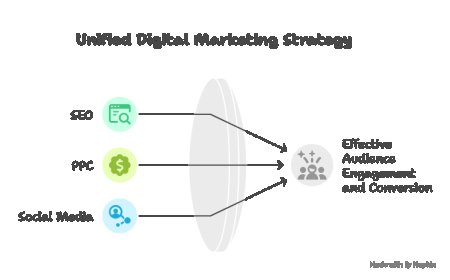Why Bangladesh’s Lubricants Industry is Set to Cross USD 321 Million by 2032
The Bangladesh Lubricants Market is anticipated to register a CAGR of around 6.42% during the forecast period, 2026-32. Also, the market size was valued at nearly USD 221.21 million litres in 2025 and is foreseen to witness nearly USD 321.29 million litres during 2032.
Introduction
The lubricants market in Bangladesh is a critical segment of the country's industrial and automotive sectors. With increasing industrialization, urbanization, and a growing automotive industry, the demand for high-quality lubricants is on the rise. According toThe Report Cubes, theBangladesh Lubricants Marketis projected to grow at aCAGR of 6.42%between2026 and 2032, with the market size expected to reachUSD 321.29 million litres by 2032, up fromUSD 221.21 million litres in 2025.
This article explores the key factors driving this growth, market trends, major players, and future opportunities in Bangladesh's lubricants industry.
Market Overview
Current Market Size and Growth Projections
- 2025 Market Size:USD 221.21 million litres
- 2032 Projection:USD 321.29 million litres
- CAGR (2026-2032):6.42%
The steady growth is fueled by:
- Rising automotive sales(both commercial and passenger vehicles).
- Expanding industrial and manufacturing sectors.
- Increasing demand for high-performance synthetic lubricants.
Key Market Segments
The lubricants market in Bangladesh is categorized into:
- Automotive Lubricants(Engine oils, transmission fluids, brake fluids)
- Industrial Lubricants(Hydraulic oils, gear oils, greases)
- Marine Lubricants(For ships and ports)
Among these,automotive lubricants dominatedue to the country's growing vehicle fleet.
Key Growth Drivers
1. Expanding Automotive Industry
Bangladesh has seen asurge in vehicle ownership, including:
- Motorcycles & three-wheelers(Popular for personal and commercial use).
- Passenger cars(Rising middle-class demand).
- Commercial vehicles(Trucks, buses for logistics and transport).
This growth directly increases the demand forengine oils, transmission fluids, and other automotive lubricants.
2. Industrialization & Manufacturing Growth
Bangladesh'sRMG (Ready-Made Garments) sector, pharmaceuticals, and construction industriesare expanding rapidly.
- Textile & garment factoriesrequire industrial lubricants for machinery.
- Power plants & heavy machinerydepend on high-performance oils.
3. Infrastructure Development
Government investments inroads, bridges, and mega-projects (e.g., Padma Bridge, Metro Rail)boost the need for construction equipment lubricants.
4. Shift Towards Synthetic & Premium Lubricants
With increasing awareness ofengine efficiency and longevity, consumers are shifting frommineral-based to synthetic and semi-synthetic lubricants.
Challenges in the Lubricants Market
Despite growth, the industry faces hurdles:
- Price sensitivity:Many consumers prefer cheaper, low-quality lubricants.
- Counterfeit products:Fake lubricants harm brand reputation.
- Regulatory compliance:Stricter environmental norms require eco-friendly lubricants.
Major Players in Bangladeshs Lubricants Market
Leading companies include:
- Padma Oil Company (BPC) Government-owned, dominant market share.
- Jamuna Oil Company Popular for automotive lubricants.
- Meghna Petroleum Strong distribution network.
- International Brands:
- Shell(Premium synthetic oils)
- Castrol(High-performance lubricants)
- Mobil (ExxonMobil)(Industrial & automotive solutions)
These players compete throughproduct innovation, pricing strategies, and strong distribution networks.
Future Trends & Opportunities
1. Rising Demand for Eco-Friendly Lubricants
With global sustainability trends,bio-based and biodegradable lubricantswill gain traction.
2. Digital Transformation & E-Commerce
Online sales of lubricants are increasing, with platforms likeDaraz, Chaldal, and corporate websitesoffering doorstep delivery.
3. Growth in Electric Vehicles (EVs)
Though still nascent,EV adoption will reshape lubricant demand, requiring specialized fluids for batteries and motors.
4. Local Manufacturing & Blending Plants
To reduce import dependency, companies are investing inlocal blending plants, ensuring cost efficiency and supply stability.
Conclusion
TheBangladesh Lubricants Marketis on a strong growth trajectory, driven byautomotive expansion, industrialization, and infrastructure development. With a projectedCAGR of 6.42%, the market is set to reachUSD 321.29 million litres by 2032.























